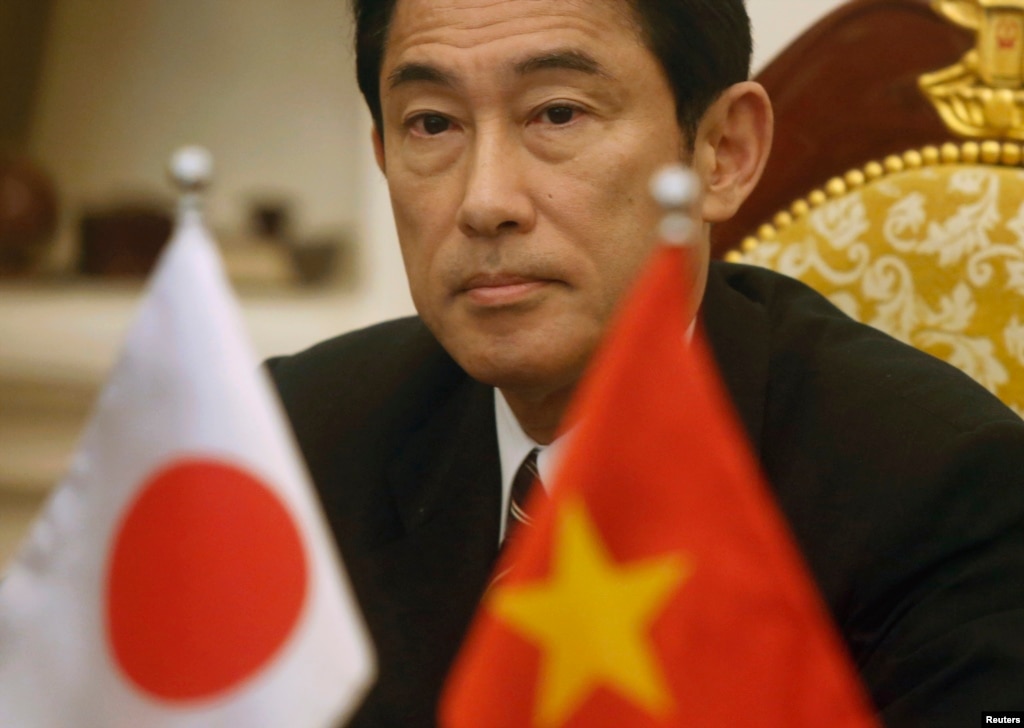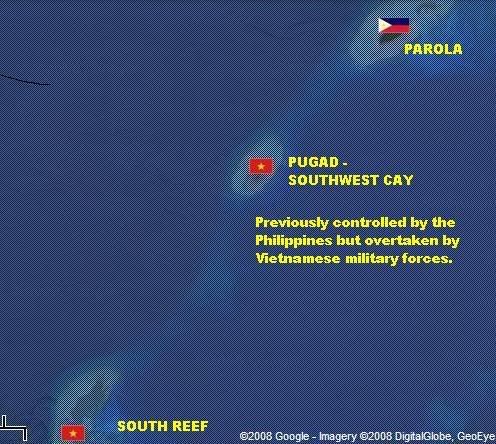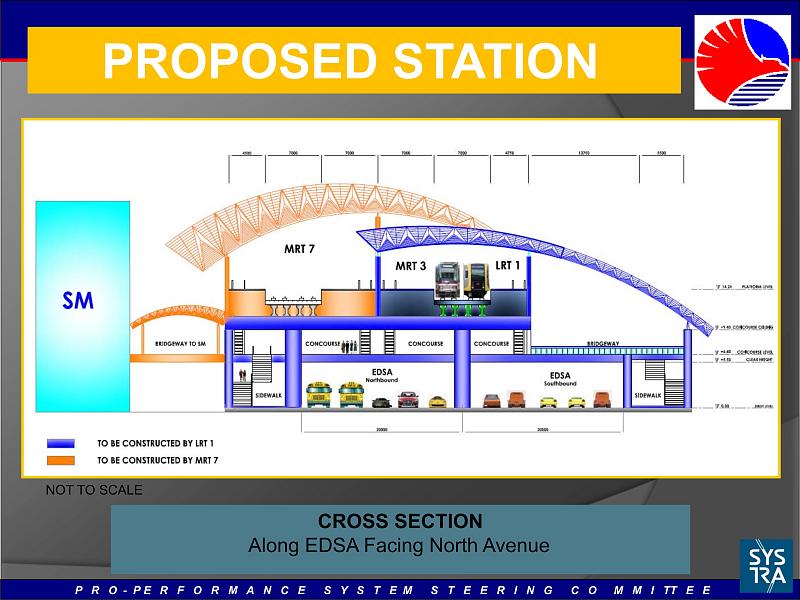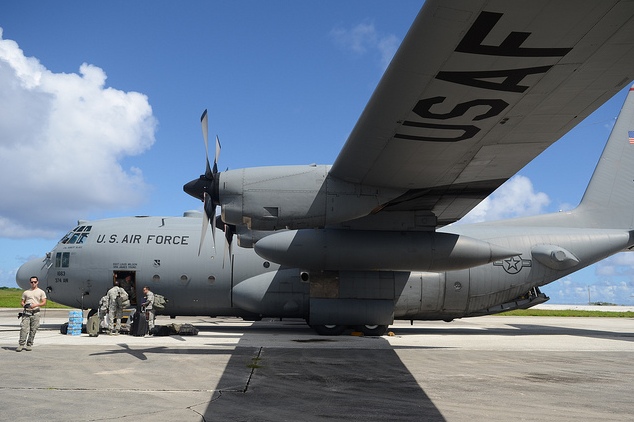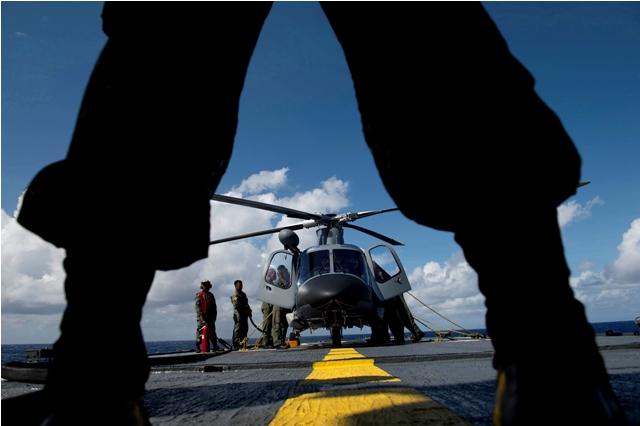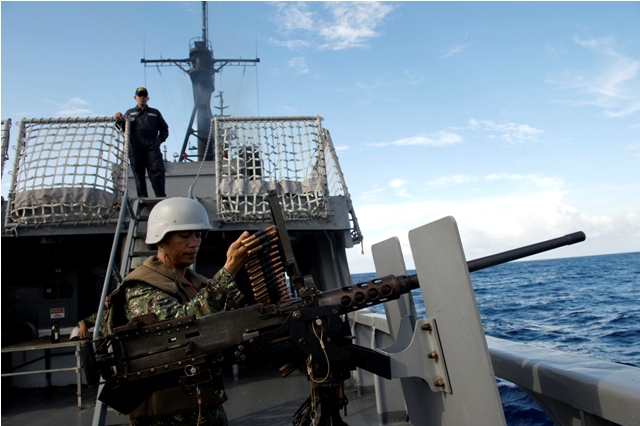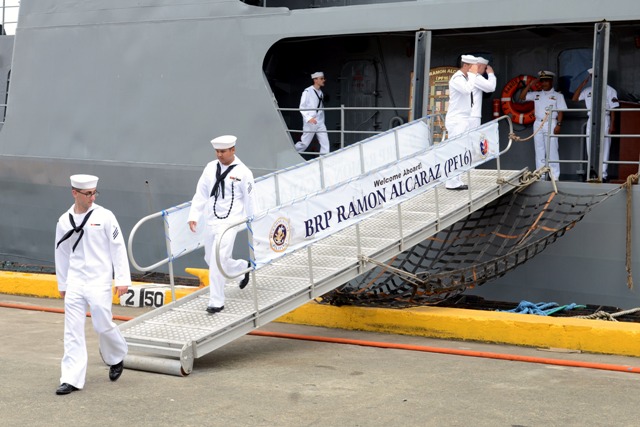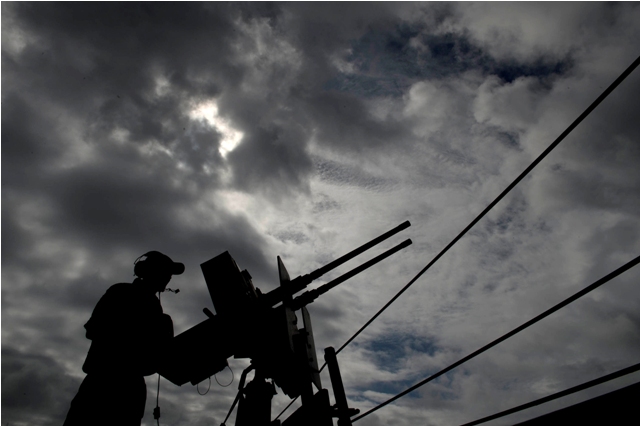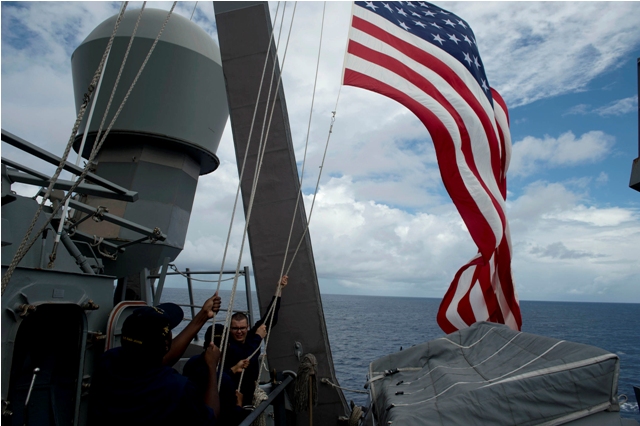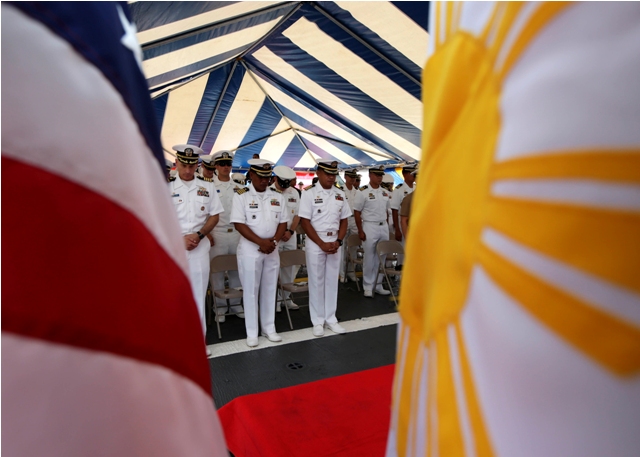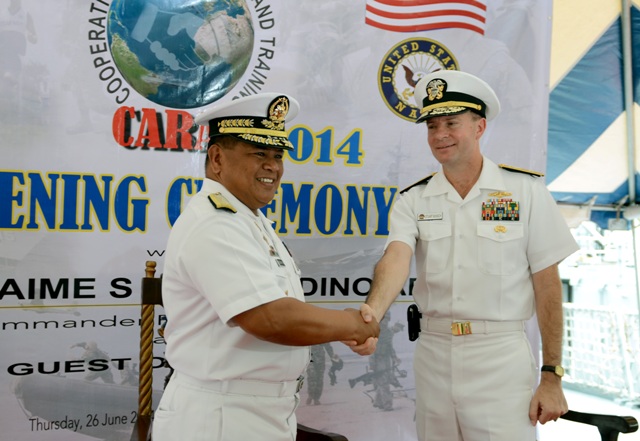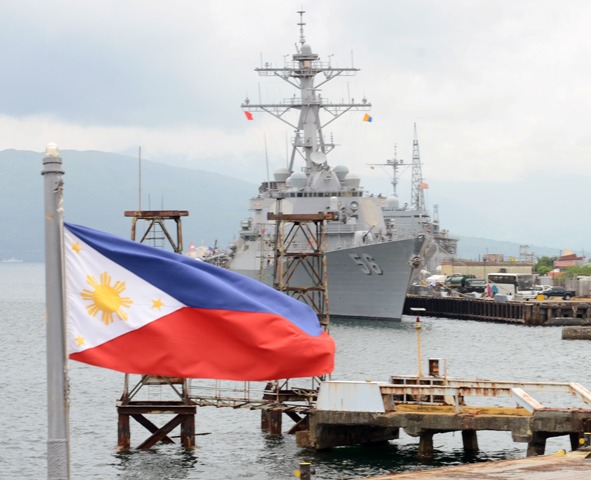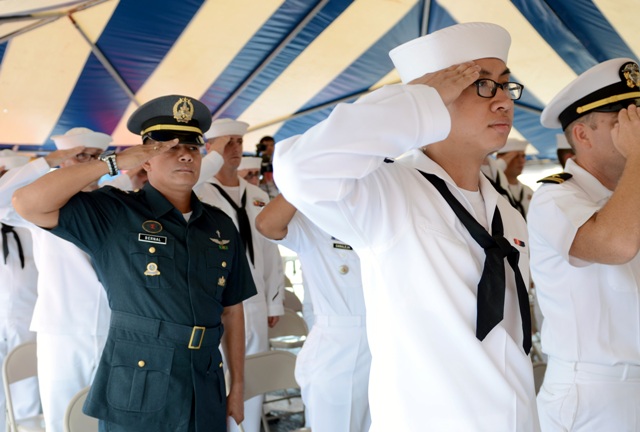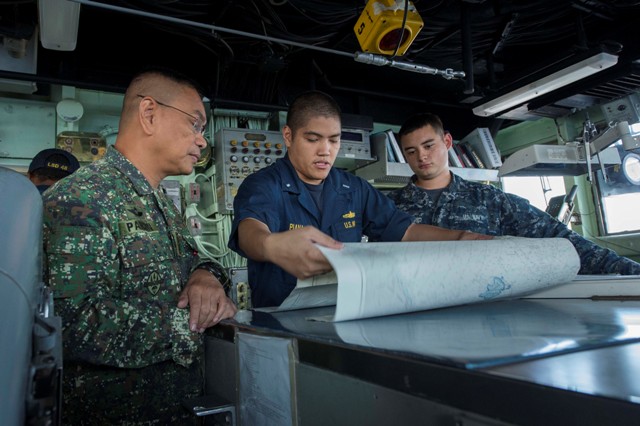
A Philippine helicopter prepares to take off during an exercise in June. The Philippines and China both claim territories in the South China Sea.
China expands its reach in the West Philippine Sea (South China Sea). What's the end goal?
Beijing wants to assert its preeminence in Asia. But not so strongly as to push its neighbors into the arms of the United States.
BEIJING — It is typhoon season in the South China Sea. But more dangerous than the physical winds tearing down homes and trees is a brewing political storm that threatens the peace in one of the world’s most strategic flash points.
Over the past several months China has set itself on a collision course with its Southeast Asian neighbors, taking a series of forceful steps to assert territorial claims over potentially valuable rocks, reefs, and waters that other nations claim, too.
Some of them, such as Vietnam and the Philippines, are alarmed enough to have voiced their anger publicly. Others, such as Malaysia, Indonesia, and Brunei, have been more cautious.
Their collective disquiet has drawn in the United States. Senior US diplomats and defense officials have bluntly accused China of fomenting instability in the region and intimidating its neighbors.
China’s oft-repeated pledge of “peaceful development” and its offer of “amity, sincerity, mutual benefit, and inclusiveness” to Southeast Asia are looking threadbare. Adding to the uncertainty is the lack of clarity surroundingBeijing’s goals.
They may not be clear even to Beijing, where more dovish and more hawkish factions appear to be debating the wisdom of China’s recent moves. If Beijing’s abrasive attitude pushes its neighbors to seek help from Washington, some analysts here are warning, it will mean only trouble for China.
Instead of ending up as the naturally dominant power surrounded by economically dependent smaller neighbors, China would find itself strategically isolated in the region and facing off directly with the US.
“There are some inside the system who are wondering ... whether or not this is all going to backfire,” Christopher Johnson, a China analyst at the Center for Strategic and International Studies (CSIS) in Washington, told those at a recent conference on China’s intentions.
At the same time, he added, there is “a possibility that they [the Chinese government] are not scoring ‘own goals,’ that they know exactly what they are doing with this strategy because they think it will be effective” in intimidating China’s neighbors into submission to Beijing’s regional domination.
'Salami slicing'
There is less ambiguity about what China has actually done in the South China Sea this year.
On Jan. 1, it imposed rules demanding that anyone fishing in waters it claims, which make up nearly 90 percent of the South China Sea, should get prior permission from the Chinese authorities.
In March a Chinese Coast Guard vessel prevented the Philippine Army from resupplying its soldiers based on a rusting ship grounded on the Second Thomas Reef in the Spratly Islands, which Beijing and Manila both claim.
Over the past few months, a Chinese dredging vessel has been creating an artificial island on the previously submerged Johnson South Reef, which the Philippines also claims. The company doing the work has published computer mock-up images of an airstrip it says is planned.
In May the state-owned China National Offshore Oil Corporation moved an oil drilling rig into disputed waters near the Paracel Islands, which Vietnam claims. A Chinese barge accompanying the rig rammed and sank a Vietnamese fishing boat during clashes.
All these moves appeared to violate an agreement that China signed with the Association of Southeast Asian Nations (ASEAN) 12 years ago in which both sides pledged to “exercise self-restraint in the conduct of activities that would complicate or escalate disputes and affect peace and stability.”
“China has been very opportunistic, pushing and pushing to see what they can get ... and taking as much as they can,” says David Arase, who teaches international politics at the Johns Hopkins University campus in Nanjing, China.
By taking small steps to avoid provoking Washington to act in support of its regional allies, China is trying to “dishearten” rival claimants and “resign them to the fact that they have to give up their rights,” Professor Arase says.
“They are continuing with their salami slicing, reef by reef, step by step,” said Tran Truong Thuy, an analyst at Vietnam’s Institute for East Sea Studies, at a recent CSIS conference. “In reality they want to change ... the South China Sea into a Chinese lake.”
Are China's claims legitimate?
China insists its actions are legitimate since, in an oft-repeated official phrase, Beijing enjoys “indisputable sovereignty” over all the islands in the South China Sea and “their adjacent waters” on historical grounds, no matter how far they are from the mainland or how close to other countries’ coastlines.
That is debatable, say international law experts. Chinese maps show what it calls a “nine-dashed line” around the edge of the South China Sea, shaped in the form of a lolling cow’s tongue, cutting through several neighboring countries’ 200-mile exclusive economic zones and their continental shelves. But Beijing has never clearly explained just what this line signifies.
“Even in China there are different ideas” on the subject, says Xue Li, head of the international strategy department at the China Academy of Social Sciences. Members of the military insist the line marks China’s national boundary; others suggest it encloses China’s historical waters; some scholars say it merely demarcates the land features over which China claims sovereignty.
The Philippines is challenging the legality of the “nine-dashed line” in a case it has brought before a tribunal of the United Nations Convention on the Law of the Sea. China has refused to participate in the case, and few foreign legal experts say Beijing could win it.
China might, however, try to defend the line anyway by altering facts on the ground. Nationalist sentiment is strong in China: President Xi Jinping has shown himself readier to take risks than his predecessor, and territorial assertion could prove an attractive way to illustrate the “national rejuvenation” he has promised as China takes its rightful place in the world.
Xi ‘does not want to look like a chicken’
“Domestic opinion is very important to Xi Jinping,” says Zhu Feng, the head of the recently created Collaborative Innovation Center for South China Sea Studies at Nanjing University, a think tank to coordinate South China Sea studies. “He does not want to look like a chicken.”
At the same time, suggests Mr. Johnson of CSIS, Mr. Xi may believe he can get away with current policy because “ultimately, ASEAN countries will stand aside because of their interest and dependence on China’s economic prospects.”
But the costs of appearing to neighbors like an arrogant bully are not negligible. The recent row with Vietnam over the oil rig “completely turned around relations with Vietnam,” says Carl Thayer, an expert on Southeast Asia at the University of New South Wales in Australia.
The Vietnamese prime minister threatened to follow the Philippines to an international court and “the idea of getting out of China’s orbit has gone viral in Vietnamese public opinion.”
China withdrew the rig a month ahead of schedule, perhaps to cool the crisis, but not before it had drawn heavy international criticism and further stoked regional fears.
A survey published in July by the Pew Research Center found that a majority of people in eight of 10 countries neighboring China are worried that the Asian giant’s territorial ambitions could lead to military conflict.
Chinese analysts insist that Beijing’s traditional aim of maintaining a peaceful international environment to favor its economic development has not changed fundamentally, nor has its declared policy of shelving territorial disputes and jointly developing energy and other resources.
The challenge, says Lou Chunhao, an analyst at the China Institutes of Contemporary International Relations, affiliated with China’s Ministry of State Security, is “how to achieve a balance ... between protecting Chinese rights and sovereignty in the South China Sea and maintaining a benign environment.”
China’s rivals see safety in numbers
China’s ASEAN rivals in territorial disputes are not reassured by Beijing’s insistence that they resolve their differences one-on-one; they see safety in numbers. Nor have any of them yet voiced any enthusiasm for Xi’s call for a new Chinacentric security system in the region to replace the US-dominated arrangements that have held for the past 70 years.
“In the final analysis, it is for the people of Asia to run the affairs of Asia, solve the problems of Asia, and uphold the security of Asia,” Xi told an international conference in Shanghai, China, last May.
China’s top long-term goals in the ocean it claims, says Rory Medcalf, head of the international security program at the Lowy Institute, a think tank in Sydney, Australia, is “to ensure that nothing happens in the South China Sea without Chinese blessing” and “maximum freedom of maneuver for its Navy ... to be the dominant military player in those waters.”
An increasingly vocal band of government policy advisers in Beijing are suggesting that those goals would be easier to achieve if China’s neighbors trusted it more; they are urging a reset in China’s neighborhood diplomacy.
“China’s Navy could already beat all the ASEAN navies. The question is whether it would be worth it,” Mr. Xue argues. “We would pick up a sesame seed and throw away a watermelon,” he says, referring to the manifold economic benefits that closer ties with Southeast Asia would bring.
“The South China Sea could be a real battlefield, and that would be very harmful to China’s future,” adds Professor Zhu. “We need to find a way to settle [the disputes] piece by piece.”
Given China’s geographic position and its economic and political strength, “it is quite normal that China should be the dominant power in the South China Sea,” Xue says. “And just because of that, maybe we need to make compromises with our neighbors.” - CS Monitor

